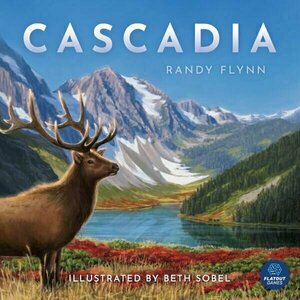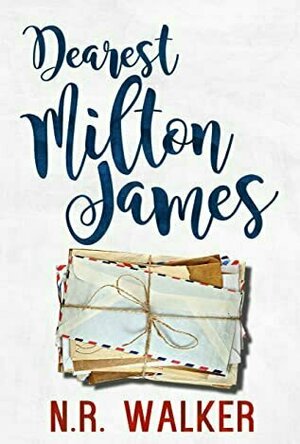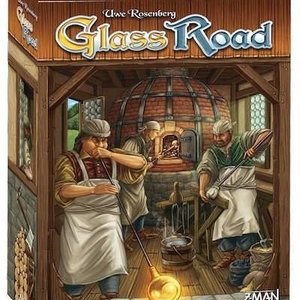
Glass Road
Tabletop Game
Glass Road is a game that commemorates the 700-year-old tradition of glass-making in the Bavarian...
BoardGames UweGames IndustryGames 2013Games
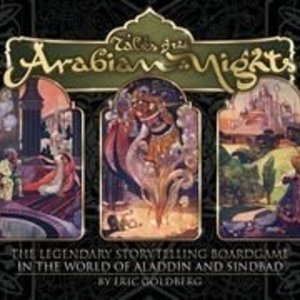
Tales of the Arabian Nights
Tabletop Game
In tales of the Arabian Nights, you are the hero or heroine in a story of adventure and wonder just...
board game storytelling questing
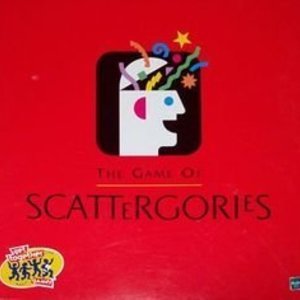
Scattergories
Tabletop Game
Think fast and team up with your friends in the Scattergories Game. In this fast-paced title you...
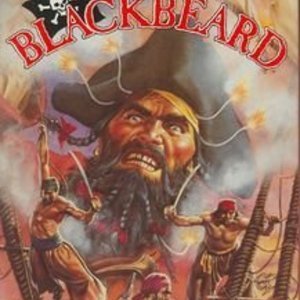
Blackbeard
Tabletop Game
BLACKBEARD recreates "The Golden Age of Piracy" at the turn of the 18th century. Each player becomes...
boardgames Pirategames HexGames
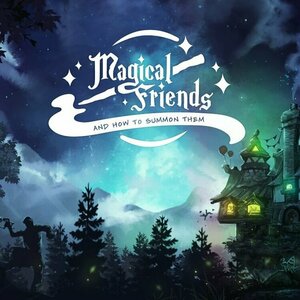
Magical Friends and How to Summon Them
Tabletop Game
In Magical Friends and how to summon them you'll be one of 4 powerful wizards who will try to win...

A Home Like Ours
Book
Tara Hooper is at breaking point. With two young children, a business in a town struggling under an...
Heather Cranmer (2721 KP) created a post
May 10, 2022
Merissa (13508 KP) rated Dearest Milton James in Books
Aug 27, 2021 (Updated Jul 17, 2023)
Oh man, what a story. I loved every word. Malachi is fabulous without being in-your-face flamboyant. Julian is a sweetheart with a wicked sense of humour. The only thing that confused me was right at the beginning. Even knowing that N.R. Walker is an Australian writer; when I read about London and Kings Cross, I automatically went to London, UK. So then I got confused about the price of a stamp, gift cards, etc. It didn't take me long to realise my error and to laugh at myself.
The story has the perfect cast of characters and a heartwarming mystery to solve. Honestly, I just can't point out the bits that I loved, as I would simply be telling you about the whole book. One thing I will say though is thank you for not crushing my hopeful little romantic heart. Instead, you brought tears to my eyes and a huge smile to my face.
This is an absolute corker of a book that I highly recommend. I adored every word.
** same worded review will appear elsewhere **
* A copy of this book was provided to me with no requirements for a review. I voluntarily read this book, and the comments here are my honest opinion. *
Merissa
Archaeolibrarian - I Dig Good Books!
Aug 27, 2021

